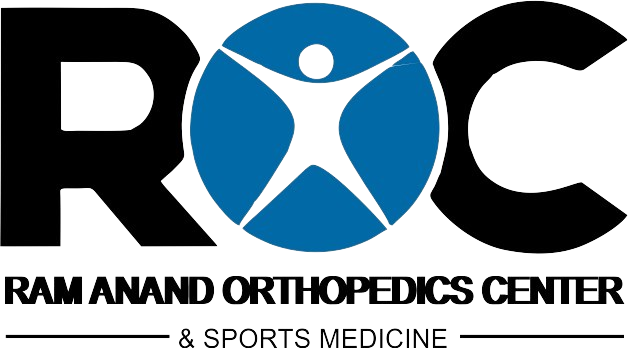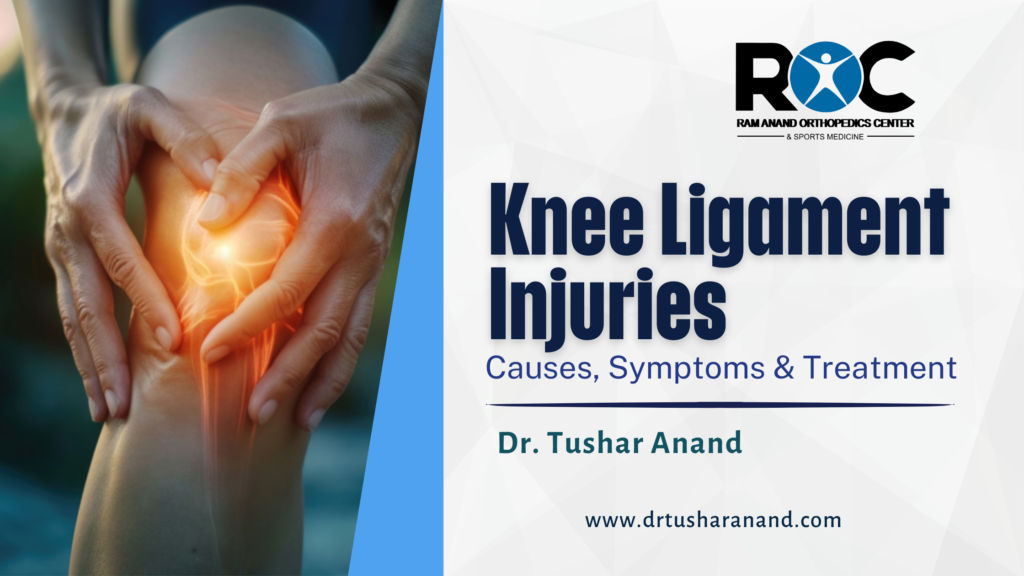Knee Ligament Injuries: Causes, Symptoms & Treatment
Knee ligament injuries are common, especially among athletes and active individuals. These injuries can be debilitating, affecting your mobility and quality of life. Understanding the causes, symptoms, and treatment options for knee ligament injuries is crucial for anyone seeking to maintain an active lifestyle.
What Are Knee Ligament Injuries?
Knee ligament injuries refer to damage to any of the four main ligaments in the knee: the anterior cruciate ligament (ACL), posterior cruciate ligament (PCL), medial collateral ligament (MCL), and lateral collateral ligament (LCL). These ligaments are vital for stabilizing the knee joint, and their damage can lead to significant pain and instability.
Causes of Knee Ligament Injuries
Knee ligament injuries are typically caused by sudden, forceful movements that put excessive strain on the knee. Here are some common causes:
- Sports Activities: High-impact sports like football, basketball, and soccer often involve rapid changes in direction, jumping, and sudden stops, which can strain or tear knee ligaments.
- Falls and Accidents: Direct trauma to the knee from falls or accidents can cause ligament injuries.
- Overuse: Repetitive stress on the knee from activities such as running or cycling can gradually weaken the ligaments, leading to injuries.
- Improper Technique: Poor form during physical activities, such as lifting weights or playing sports, can increase the risk of ligament injuries.
- Age and Wear: As we age, our ligaments can become less flexible and more prone to injury.
Symptoms of Knee Ligament Injuries
Recognizing the symptoms of knee ligament injuries is the first step toward proper treatment. Common symptoms include:
- Pain: Severe pain at the time of injury is common, often followed by persistent pain in the knee.
- Swelling: Swelling around the knee joint usually occurs within a few hours of the injury.
- Instability: A feeling that the knee is giving way or unable to support weight.
- Limited Range of Motion: Difficulty in fully extending or bending the knee.
- Popping Sound: A popping sound at the time of injury, especially in the case of ACL tears.
Diagnosing Knee Ligament Injuries
If you suspect a knee ligament injury, it is essential to seek medical attention promptly. A healthcare professional will conduct a thorough evaluation, which may include:
- Physical Examination: Assessing the knee’s stability, range of motion, and pain points.
- Imaging Tests: X-rays to rule out bone fractures and MRI scans to get detailed images of the ligaments and other soft tissues.
Treatment Options for Knee Ligament Injuries
Treatment for knee ligament injury varies depending on the severity of the injury and the specific ligament involved. Here are some common treatment options:
Non-Surgical Treatments
- Rest and Ice: Resting the injured knee and applying ice can help reduce pain and swelling.
- Compression and Elevation: Using a compression bandage and elevating the knee can further decrease swelling.
- Physical Therapy: Exercises to strengthen the muscles around the knee and improve flexibility can aid in recovery and prevent future injuries.
- Bracing: Wearing a knee brace can provide additional support and stability during the healing process.
Surgical Treatments
In more severe cases, especially with complete ligament tears, surgery may be necessary. Surgical options include:
- Arthroscopic Surgery: A minimally invasive procedure where small incisions and a camera are used to repair or reconstruct the damaged ligament.
- Ligament Reconstruction: Using a graft from the patient’s own body or a donor to replace the torn ligament.
Preventing Knee Ligament Injuries
While not all knee ligament injury can be prevented, certain measures can reduce the risk:
- Proper Warm-Up: Always warm up before engaging in physical activities to prepare your muscles and ligaments.
- Strength Training: Strengthening the muscles around the knee can provide better support and stability.
- Use Proper Technique: Ensure correct form during sports and exercises to avoid unnecessary strain on your knees.
- Wear Appropriate Gear: Using proper footwear and protective gear can help prevent injuries.
Conclusion
Knee ligament injuries can significantly impact your life, but with proper care and treatment, recovery is possible. Recognizing the causes and symptoms early and seeking appropriate treatment can ensure a quicker and more effective recovery. For more detailed advice and personalized treatment options, consult with a healthcare professional like Dr. Tushar Anand.
By staying informed and proactive, you can keep your knees healthy and enjoy an active, pain-free lifestyle.
FAQs
The most common types of knee ligament injury involve the anterior cruciate ligament (ACL) and the medial collateral ligament (MCL). ACL injuries often occur during activities that involve sudden stops, jumps, or changes in direction, such as basketball or soccer. MCL injuries are usually the result of direct impact to the outside of the knee, often seen in contact sports like football.
Recovery time for knee ligament injuries can vary significantly depending on the severity of the injury and the specific ligament involved. Minor sprains and partial tears may heal within a few weeks to a couple of months with rest, physical therapy, and conservative treatment. However, more severe injuries, such as complete ligament tears requiring surgery, may take six months to a year or longer for full recovery. Adhering to a comprehensive rehabilitation program is crucial for optimal recovery.
While it’s not possible to prevent all knee ligament injuries, you can significantly reduce your risk by taking certain precautions:
- Strength Training: Regularly strengthen the muscles around your knee, including the quadriceps, hamstrings, and calves, to provide better joint support.
- Proper Warm-Up and Cool-Down: Always warm up before engaging in physical activities and cool down afterward to prepare and relax your muscles and ligaments.
- Use Proper Technique: Ensure correct form during sports and exercises to avoid unnecessary strain on your knees.
- Wear Appropriate Footwear and Gear: Use shoes with good support and the right protective gear for your sport or activity.
- Increase Flexibility: Incorporate stretching exercises into your routine to improve flexibility and reduce the risk of ligament injuries.

